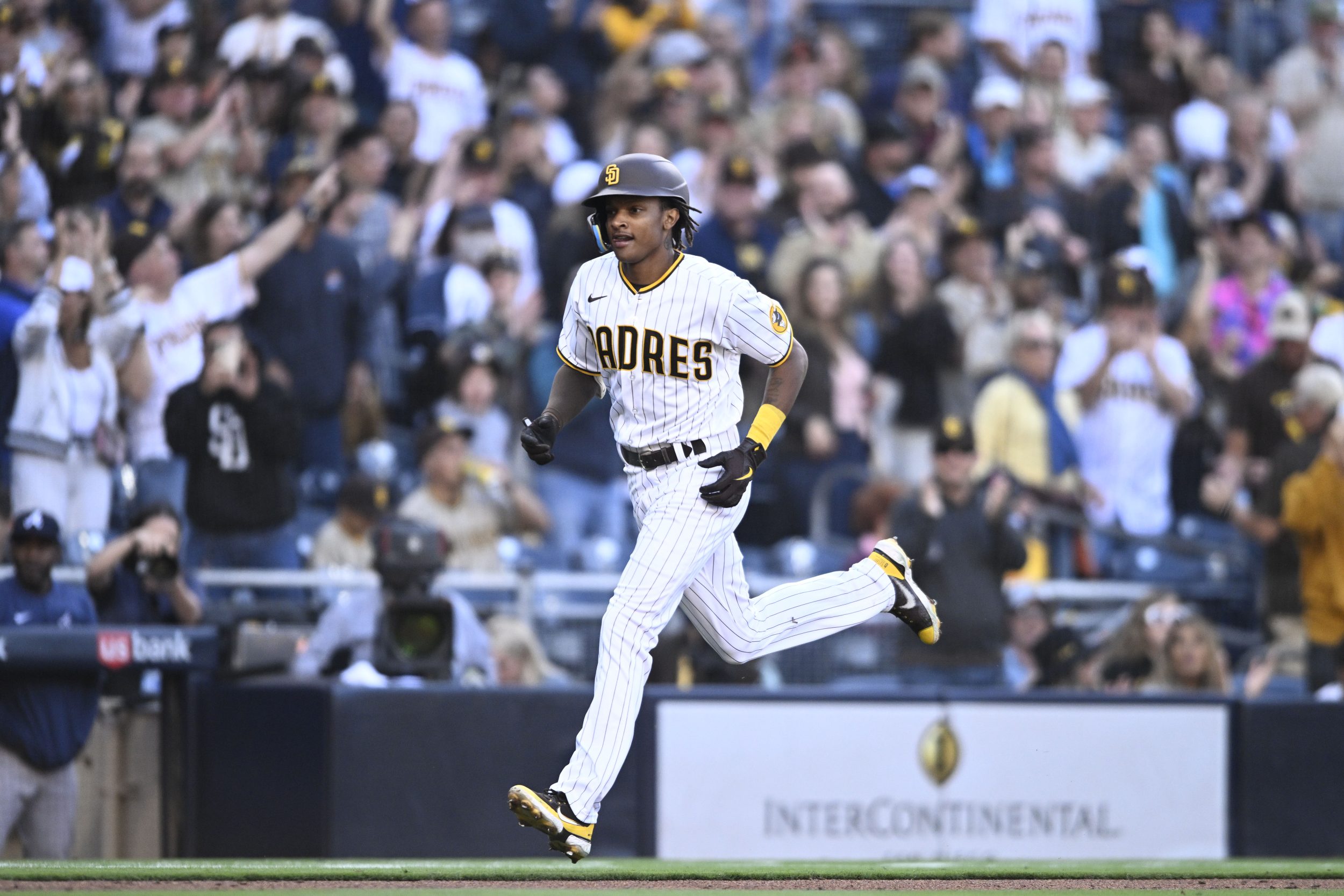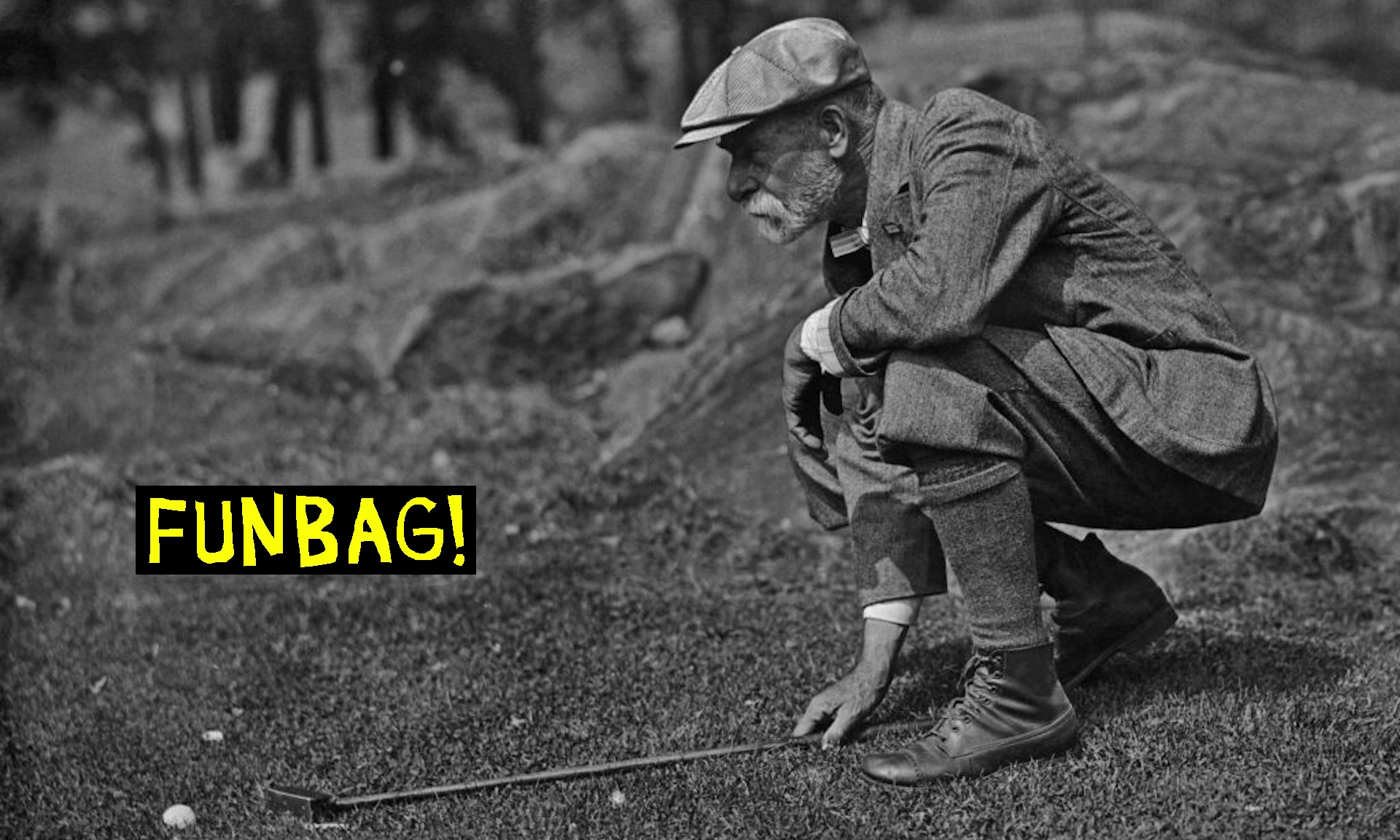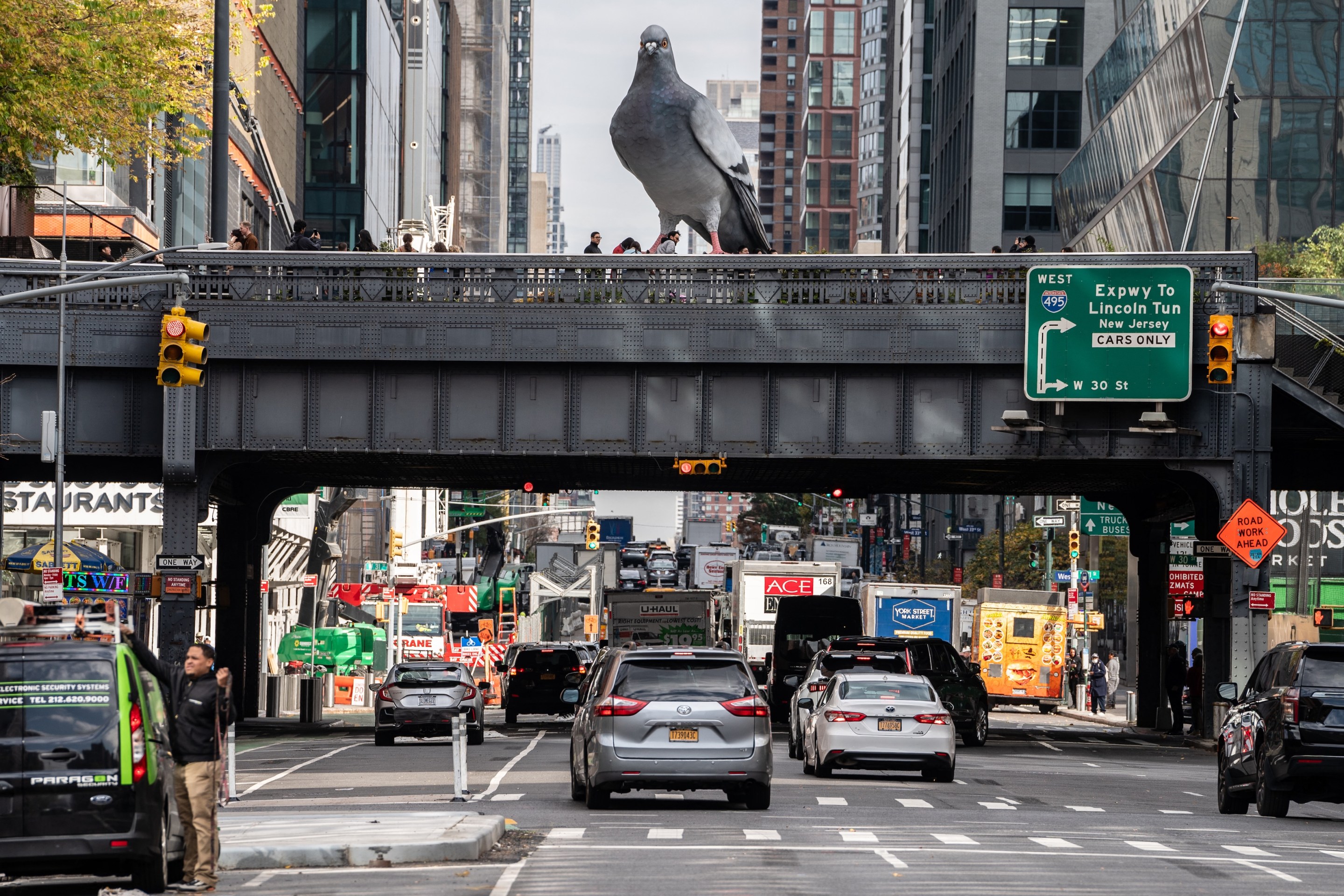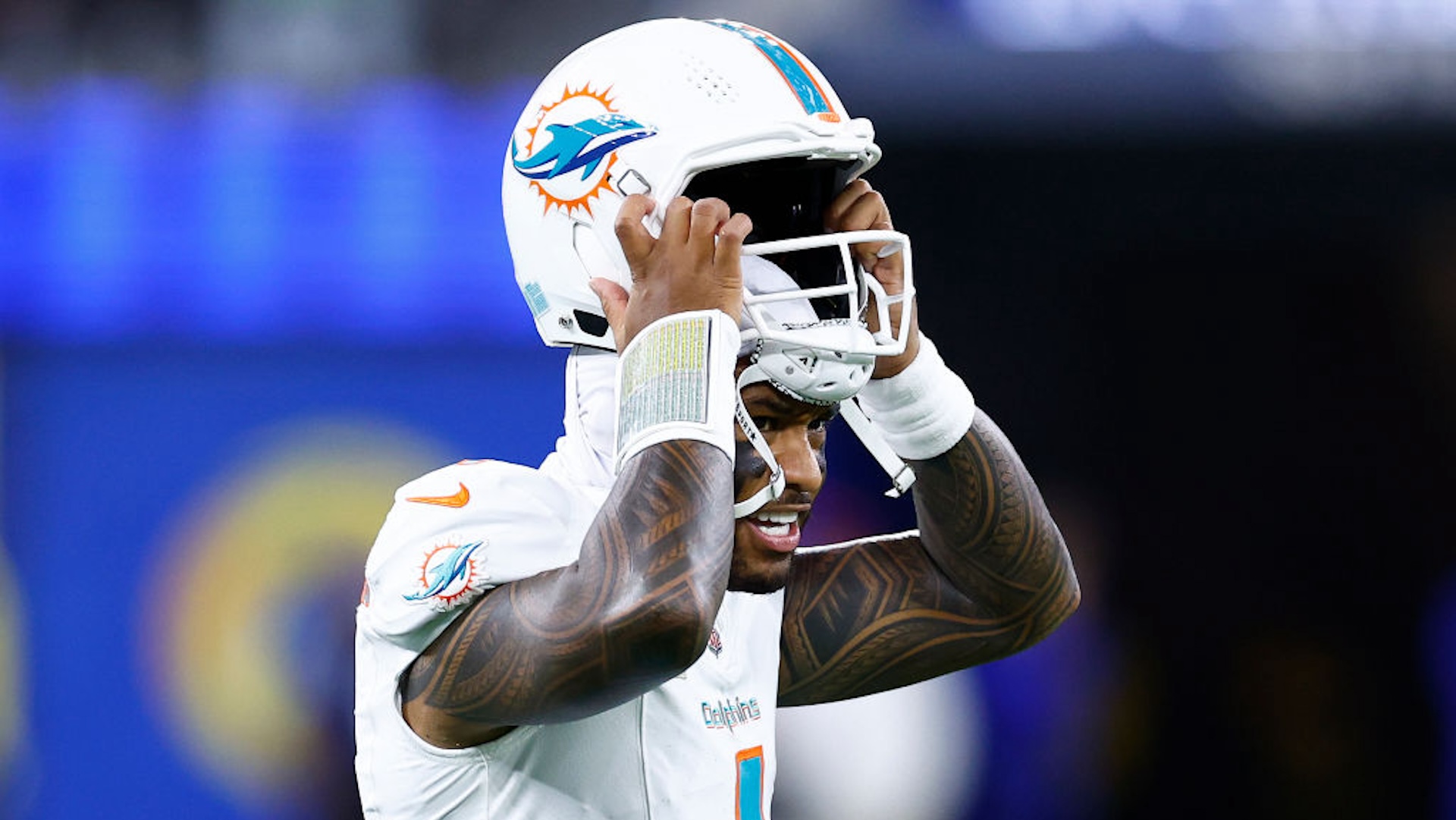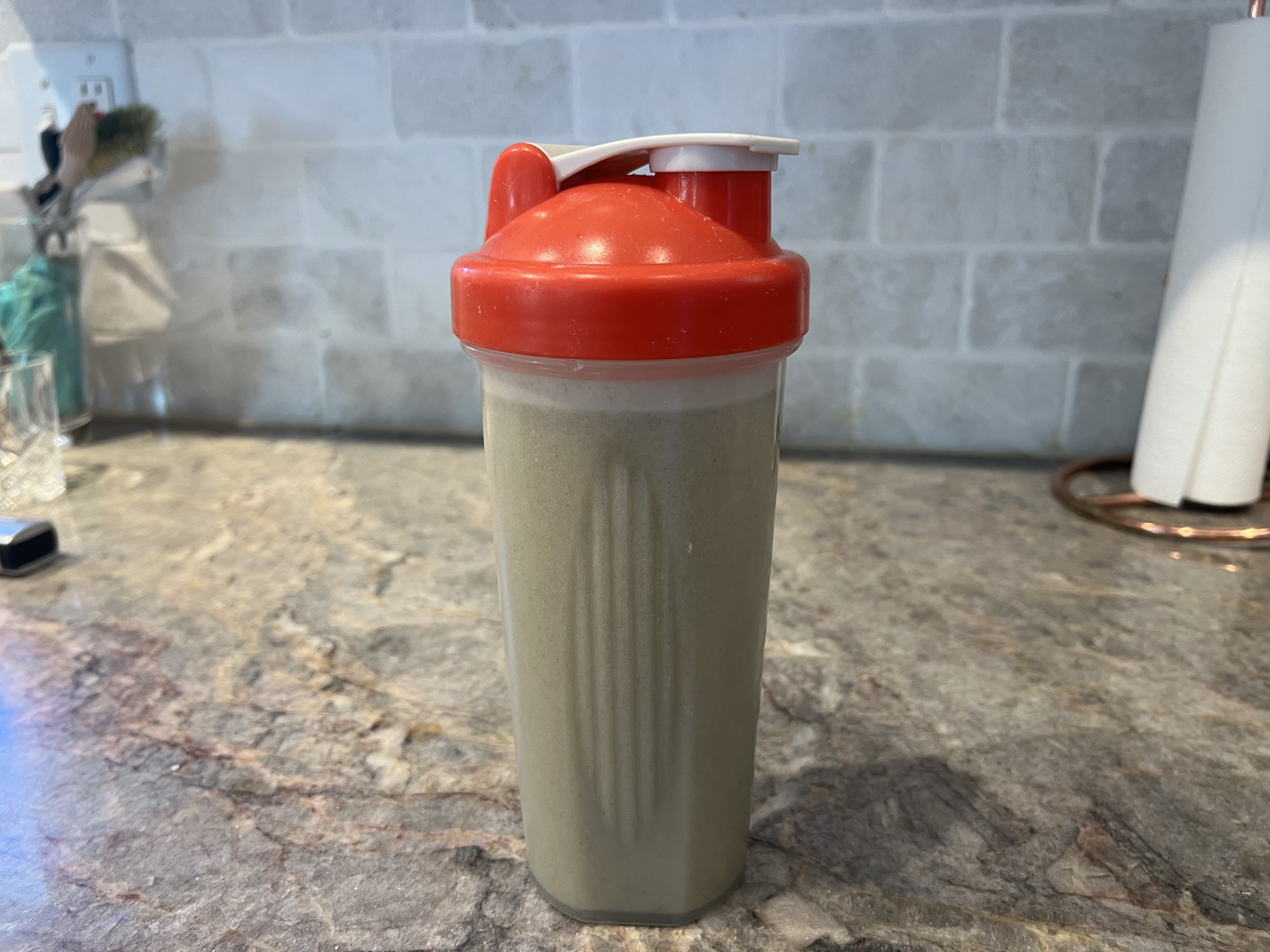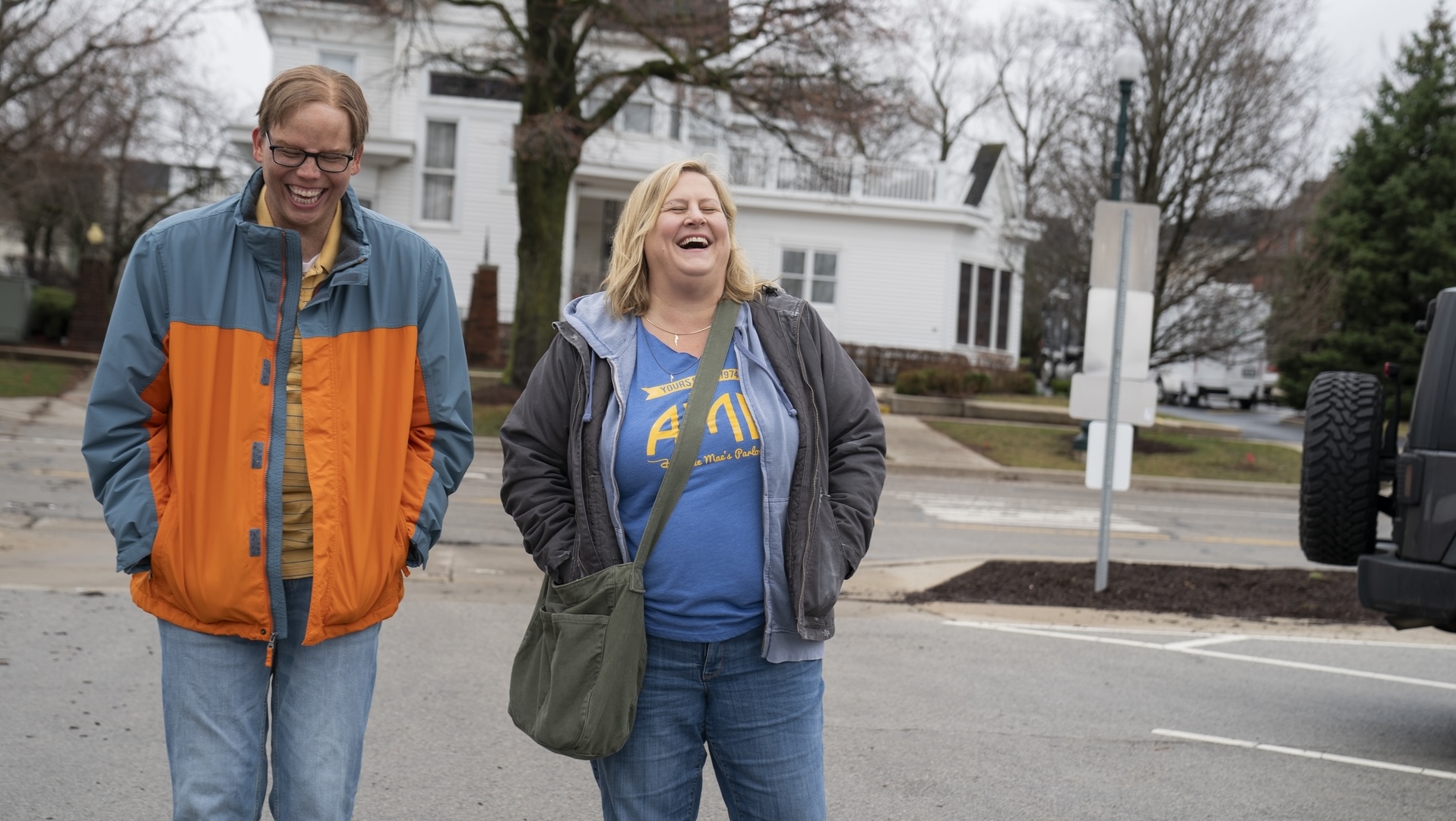C.J. Abrams, the youngest player in the National League and a consensus top-10 prospect in all of baseball, socked his first career dinger Thursday, a mighty opposite-field job, in his first home game as a member of the San Diego Padres. Abrams opened the season with the Padres, instead of down in the minors with other men his age, partly due to a fluke of circumstances having to do with Fernando Tatis Jr.'s unfortunate winter motorcycling hijinks. But it must be said that Abrams rules, for the simple reason that any 21-year-old who can do this is automatically cool as hell:
1st career HR for @CJAbrams01 means he gets the silent treatment in the dugout. pic.twitter.com/d2dKFvxgGx
— MLB (@MLB) April 15, 2022
Abrams rocketed through San Diego's minor league system, despite a gnarly broken leg that robbed him of a large chunk of last year. He played 76 total professional games between the time that he was drafted, in June 2019, and the time that he became a regular MLB player, at the start of this season. And now he is out here smoking outside fastballs to the opposite field and all the way over the dang wall! Abrams is not doing a Steven Kwan—his 1-for-5 performance at the plate Thursday raised his average more than 30 points, to a grisly .105—but you simply cannot help being excited about a scrawny 21-year-old who opens a season as the starting shortstop for one of the handful of teams in baseball that is for sure less interested in the fruits of losing than it is in the glory of winning. Add Abrams to your list, pronto.
Abrams is one of a whopping 10 top-100 prospects who started this season on an opening-day MLB roster, which Baseball America says is the most since 1995 (and that's not including Kwan, who wasn't considered a top-10 prospect even in the Guardians system). To me this is extremely cool. Youths, however chaotic and annoying they may be in movie theaters and on public transit and just generally whenever they are in your line of sight, are very exciting in the context of a baseball season. Veterans are fine and in some cases even good, but part of why they have stuck around for as long as they have is that they will perform in reliable ways. Youths are fun because you have no idea how they will perform. Some of them will struggle to adapt and stink to high heaven, while others will do cool things right away and cause your eyes to twinkle while imagining the future. This year features a normal-ish number of rookies, but a higher than usual number of these are blue-chip types who are expected to become the stars of tomorrow. That gets a big "hell yes" from me.
The children are doing things. Julio Rodríguez is the highest rated of these guys. Rodríguez has opened this season as the everyday centerfielder for the Seattle Mariners. Like Abrams, he has had a slow start to the season—he's struck out 12 times in six games, including a shocking nine backwards Ks, and is batting .095—but his first career hit was a mighty double, and he collected another hit Thursday, and in five appearances on base he has already swiped two bags. Fun! Bobby Witt Jr., the third-youngest player in the American League, ripped a liner to right Thursday and turned it into a stand-up triple. Look at him go!
Bobby Witt’s got the wheels. 🌬 pic.twitter.com/KtKWFPSvz5
— MLB (@MLB) April 15, 2022
Let's keep going! Beef oaf Spencer Torkelson of the Tigers socked his first career dinger Wednesday, and drove in his third career run Thursday with a, ah, well, a hit-by-pitch. Hunter Greene of the Reds, the highest-ranked pitcher of this group, struck out seven Braves in five-plus innings and won his first career start on Sunday. Greene is due up in the rotation again on Saturday, against the Dodgers. Do I now consider this Reds game appointment viewing? No, not quite, but I do consider it change-channels-several-times-in-order-to-check-in viewing, and for an April Reds game, that's not nothing. Greene's teammate, Nick Lodolo, has had a somewhat less successful debut—he was touched up by the Guardians for seven hits and five runs in four innings Wednesday—but he did give Steven Kwan his first strikeout as a big-leaguer. Japanese masher Seiya Suzuki of the Cubs has three dingers and a 1.375 OPS, and has at least one hit in every game this season. Thursday he roped a double to drive home his league-leading 10th RBI of the year. Wow!
Seiya knocks in his 10th run of the season! pic.twitter.com/vXNAm6CCG3
— Chicago Cubs (@Cubs) April 15, 2022
Matt Brash of the Mariners struck out six and allowed just five baserunners in a hard-luck loss to the White Sox Tuesday. He's real good. Shortstop Bryson Stott of the Phillies collected two hits off none other than Max Scherzer Wednesday, including a two-run single. Fellow shortstop Jeremy Peña has seven hits in eight games for the dreaded Astros, but I will not hold that against him.
Baseball America theorizes that the 2022 glut of top-shelf youngsters can be attributed at least in part to measures added to the new hard-won collective bargaining agreement specifically to counteract the long-term incentives teams pursue by manipulating service time. The Prospect Promotion Initiative (PPI) is "designed to encourage teams to roster top prospects on Opening Day," by rewarding future compensatory draft picks to teams for calling up and giving opportunities to top prospects. Some tinkering with the baseball schedule—the shrinking of September MLB rosters, from 40 to 28, and the realigning of the Triple–A season to run concurrently with the MLB season—has also had an interesting effect:
More Triple-A opportunity combined with much less MLB opportunity created a dynamic in which players who previously would have been September callups were not seen as candidates for promotion in 2021.
This applies directly to Reds righthander Hunter Greene and Astros shortstop and Jeremy Peña, two Top 100 Prospects who might have received September callups last year under the old rules because they were no-doubt 40-man roster additions in November.
Now that the Triple-A season totals 150 games and will run parallel to the MLB season with games scheduled into late September, this trend will continue.
Baseball America
This effectively delays, rather than accelerates, the debuts of certain hot-shot youths, which certainly will make the late-summer portion of the season even more dreary for teams who've bombed out of the playoff hunt. To me the tradeoff seems worth it, although I will grant that this is an easy call to make on a sunny spring day, and that I may feel very differently about it in late August, when the Nationals are approximately 700 games behind the rest of the NL East and I am desperate for something to drive away the despair. But service-time manipulation sucks ass, and to me the appropriate time for a precocious prospect to get some run with the big club is early in the season, when everyone still has a little bit of hope, however irrational, and the exploits of a fresh-faced youth or two make anything at all seem possible. It's very tempting to hope that this season's deep class of big-time prospects is the system finally working a little more like how it was intended, driven by new incentives away from one of the sport's more infuriating loopholes.
This could wind up being a one-off thing, and even if PPI is part of the equation today, recent history has shown that teams will sink to any depth to put off expectations and avoid spending money. Probably the various Mike Eliases and Phil Castellinis will figure out the best way to game this system for maximum exploitation, and it seems certain that whatever they land on will suck huge ass. But for now let's just enjoy that there are so many whippersnappers around the league, in April. Even if they're not all good—not yet—that they are all here and playing baseball and showcasing their potential at the same time is simply good as hell.
